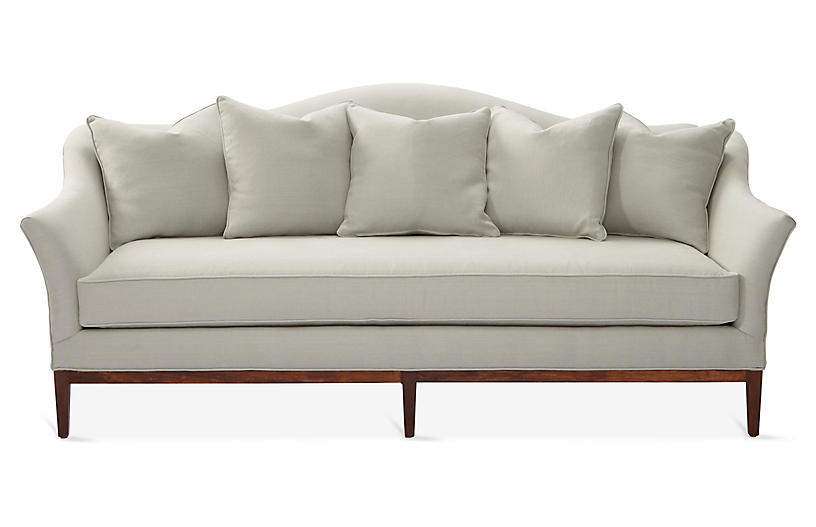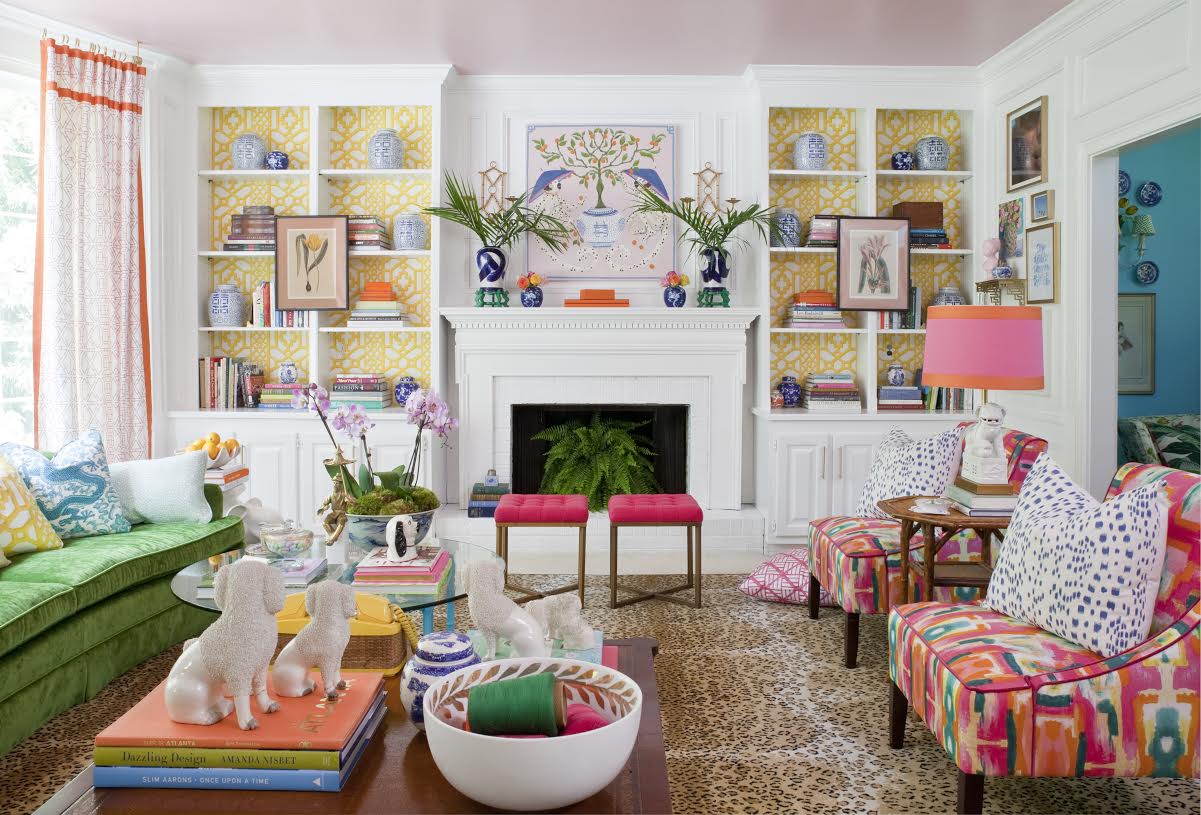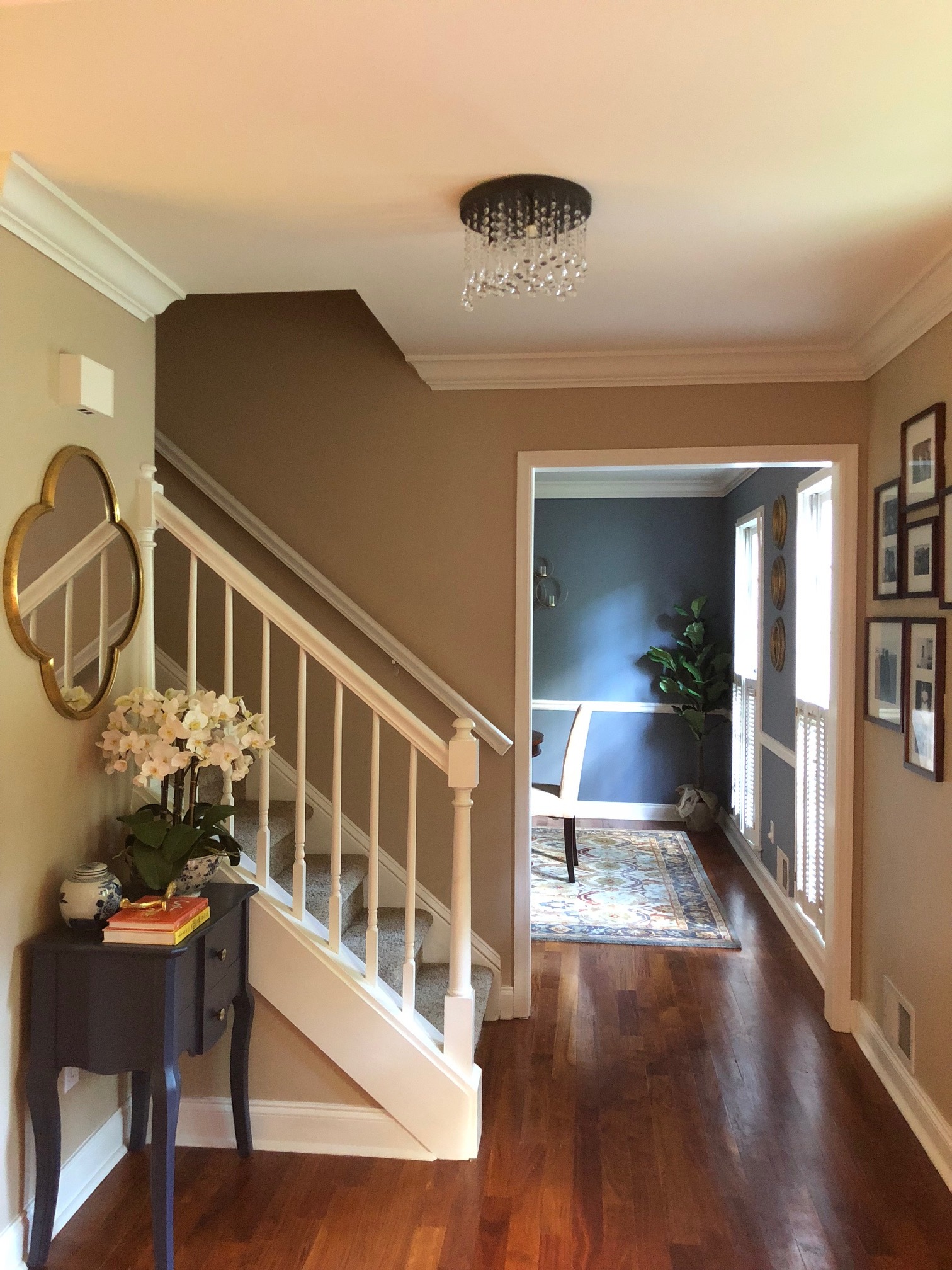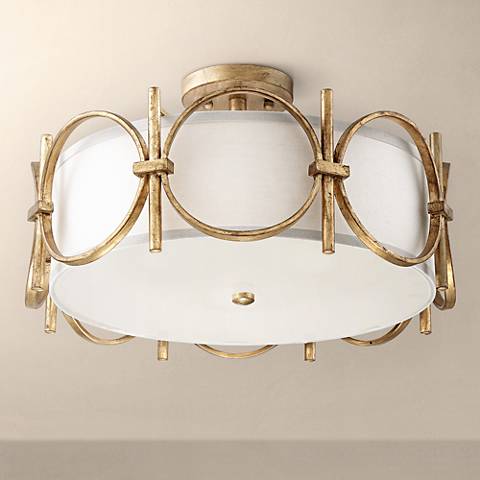So you look around your home and you’re fairly proud of it. You’ve invested in quality furnishings; that English arm sofa and wing back chairs cost a pretty penny but you know they’ll be around for years to come. You selected paint colors and finishes that really compliment the space; that navy blue/gray/kelly green color palette is classic and truly represents you. But something is still missing. You can’t quite put your finger on it. So what gives?
To the trained eye, the answer is pretty obvious. But for many homeowners it remains a mystery. That missing link or missing “piece” are the finishing touches. What do I mean by this? Hear me out for a bit.
Finishing touches are those elements that are added to a space to make it feel….finished. They are the details that let you know what the energy of the home is, and how you should feel when you step inside. To put it simply, it gives personality to a space.
Below are 6 simple ideas for adding the finishing touch to your home decor to eliminate that empty feeling.
Finishing Touch Idea #1- Area Rug
A rug brings warmth to a room. A good wool rug feels so nice and cozy underneath your feet; especially if you have hardwood floors. Rugs can also add depth; your eye will naturally follow the color or pattern to the end. It’s important to choose a rug material that fits in with your lifestyle and correlates to the amount of foot traffic in the room.
A rug with the right color palette will also help to tie all the elements in a room together. Just be sure to pick the correct size for your space because too short rugs are a real downer. Read my rug size guide post here to help you out.
Finishing Touch Idea #2- Window Treatments
Window treatments play such a big role in a room. Drapes add drama and sophistication; roman shades and blinds are great at providing function and comfort. Regardless of whether your goal is privacy, light filtration, or just for looks; window treatments are one of those accessories that finishes a space. You know that perfect set of pearls you like to wear with that little black dress? Yeah; window treatments are the pearls in your space.
Finishing Touch Idea #3- Art
Walls are similar to window treatments. Blank walls make a room feel cold and empty. Art helps to add personality and character to your home. However; art is such a personal thing and I do recommend that you take your time and invest in pieces that speak to “you”.
Finishing Touch Idea #4- Lighting
Lighting helps to set the mood in a space. If your home lacks adequate lighting, the room will lack the right amount of warmth and ambiance. There are generally 3 basic types of lighting that are used in each space of your home.
Ambient lighting is general lighting. Its the harsh, bright lighting such as canned lights and chandeliers in a room. Task lighting is lighting used for a particular task. For example, a table lamp on your nightstand to help with nightly reading. Finally, accent lighting is used to create a focal point for something. Like wall sconces next to your favorite wall art display.
An optimal amount of lighting in a room would include ambient, task and accent lighting. However; its fine if you have 2 out of 3.
Finishing Touch Idea #5- Accent Pillows
Tiny pillows or a lack of accent pillows add no value to that lovely English arm sofa I mentioned earlier. Have some fun and incorporate pillows in a color found in your area rug. When choosing pillows, try the no-fail combination of one 20-inch by 20-inch, one 16-inch by 16-inch, and one 12-inch by 16-inch.
Finishing Touch Idea #6- decor Accessories
Last but definitely not least are decor accessories. These are your filler items like books, flowers, knick knacks, etc. Accessories are truly the icing on the cake.
Don’t fill up an empty bookcase just for the sake of; be strategic on what you pick since they’ll be on display in your home. Try to pick things that vary in texture, size and color. No matchy-matchy please.
These finishing touches, when incorporated correctly, will help your home look stylish and feel complete! You’ll then be able to impress your friends and provide suggestions to them on what’s needed to finish the look in their homes. Only tell them if they ask first!!

















































